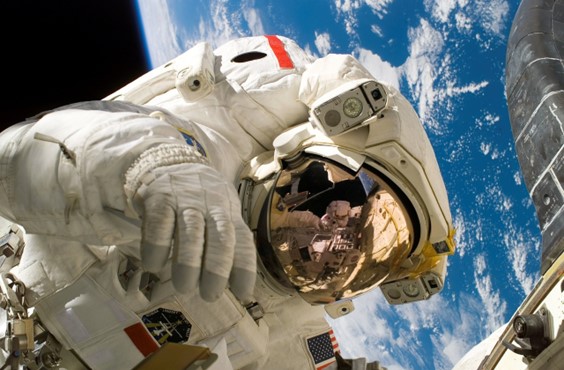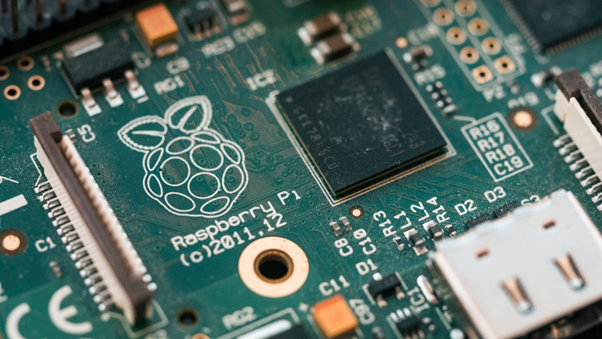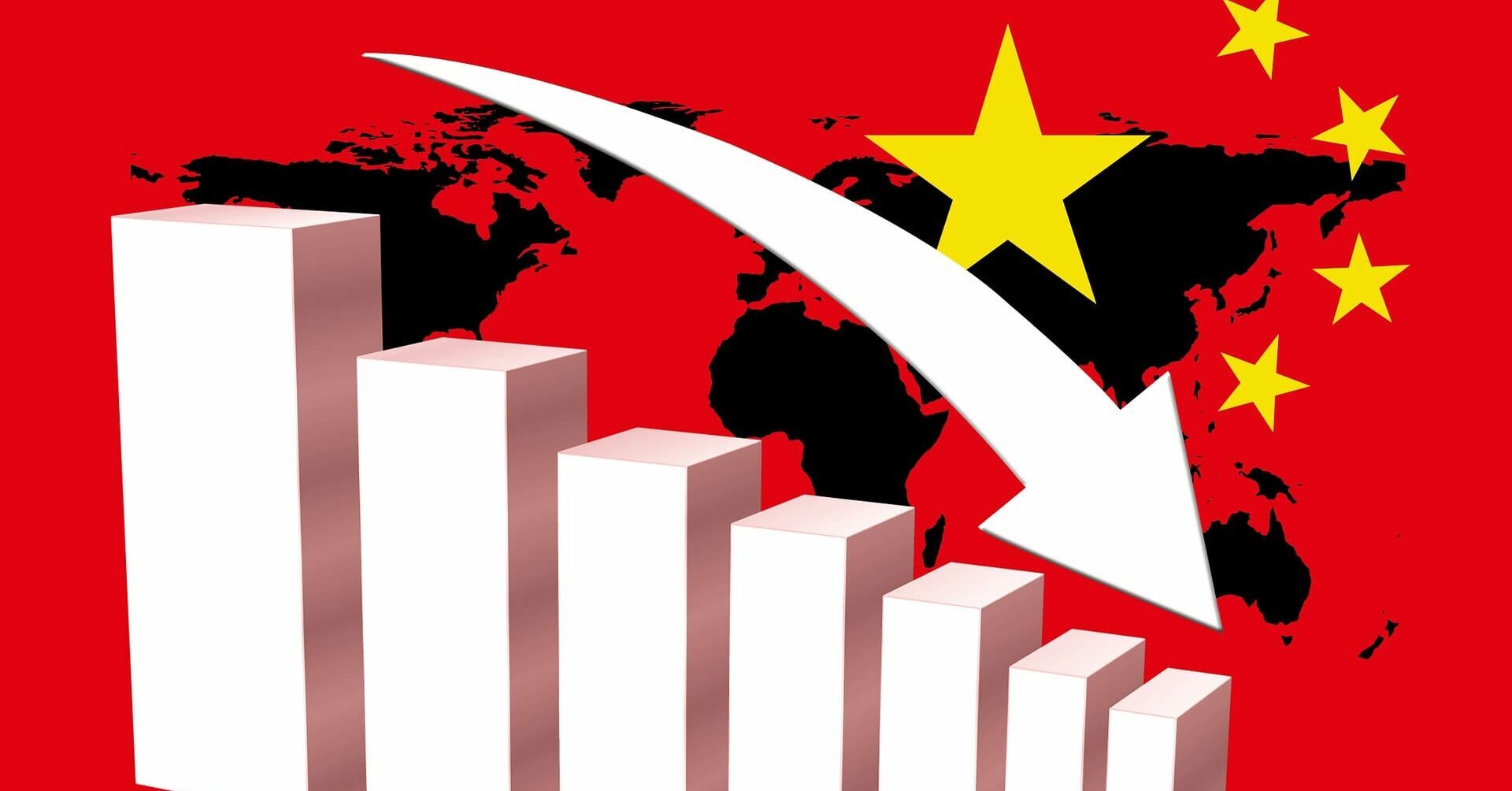The Evolution Of The AI Revolution
21st Apr 2023
A generalist view of market growth is the driver always comes from either supply or demand, however, the supply and demand of Artificial Intelligence (“AI”) is a chicken and egg conundrum. Which came first? BlytheRay takes a look at one of the fastest growing sectors to sweep through, seemingly, every industry regardless of necessity.
It would be prudent to give a quick insight to what AI is, at its most basic, and what it really is not. What it is not, is Machine Learning (“ML”), which solves specific tasks by learning from a variety of pre-ordained instructions and data sets. Although at first glance it may appear that AI is able to think like a human due to its ability to provide solutions to questions we may struggle to answer, AI actually uses Large Language Models (“LLMs”). This is the process of reading a large number of data and calculating what patterns of words or images most suit the equation. In its most simplistic form, autocorrect on steroids, all the way up to creating immersive images from basic instruction and algorithms to beat the S&P by a country mile.
It is arguable as to when AI was technically founded; in the 1950’s Alan Turing and John Von Neumann were seen as founding fathers of AI by creating binary logic, the architecture of modern computers. Fast forward to this century and in 2012 Google X has AI recognising cats on video, and in 2022 Chat-GPT was first revealed mimicking human thought. This is all fundamentally built off ML, the first steps into deep learning of speech and visual recognition, by Geoffrey Hinton at the University of Toronto, and fronted by Microsoft, Google, and IBM, in 2003.
Key innovators and leaders of the modern AI industry start with tech innovator Sam Altman, a conspicuous name and founder of OpenAI, Elon Musk, financier of OpenAI, Bill Gates, owner of Microsoft, then lastly and inevitably, Google, creators of Bard AI. With deep pocketed industry innovators providing the know-how, what does the market size of AI now look like today? Precedence Research reports a global market size of $119.78 billion in 2022 and is expected to hit $1,597.1 billion by 2030 with a registered CAGR of 38.1per cent from 2022 to 2030. Stanford reported private investment into global AI in 2022 at $91.9 billion, a 26.7per cent decrease since 2021, however still 18 times greater than investment in 2013. With projected market growth so evidently attractive, this brings a risk seen throughout every new industry boom.
According to the AI, Algorithmic, and Automation Incidents and Controversies (“AIAAIC”) database, which tracks incidents related to the ethical misuse of AI, the number of AI incidents and controversies have increased 26 times since 2012. Some notable incidents in 2022 included a fake video of Ukrainian President Volodymyr Zelenskyy surrendering and U.S. prisons using call-monitoring technology on their inmates. However, this has clearly not deterred end users, be that individuals or companies, as Pega reports 77per cent of consumers are already using an AI-powered service. With suppliers putting AI on a pedestal of innovation, clearly demand is also rife as 97per cent of mobile users already use AI-powered assistants and the projected growth of global GDP in 2030 is expected to reach $15.7 trillion as a direct result of AI.
Modern use of AI has now embedded itself into the majority of workplaces. IBM reported 77per cent of businesses are using or exploring AI, and the World Economic Forum estimated 85 million jobs worldwide could potentially be replaced by AI. Herein lays the start of the issues, as incredibly smart as AI seems and exciting the potential, the impact this will have on society and employment could be catastrophic. The shining beacon for AI is the advancements it can make in certain parts of industries such as health, where recently, AI detected cancer a year before it has been shown to appear through AI based blood tests. Something that would be seen as out of this world yesterday. It has also drastically curtailed productivity inefficiencies, Accenture reported AI technology has enhanced business productivity by up to 40per cent, and according to Harvard Business Review, 36per cent of executives have a primary goal of incorporating AI to optimise internal business operations. Proof is in the pudding as they say; in 2017 Netflix saved $1 billion by using machine learning automations which are commonplace in today’s AI, in layman terms, simple learning algorithms to make recommendations. With 87per cent of global businesses believing AI will give them a competitive advantage, the demand for AI is clear to see in both B2B and B2C markets, however, the Lord giveth and the Lord taketh so what is the downside to AI?
The potentially bloody side of this double-edged digital sword is, when interviewed, Bard (Google’s AI), mentioned it wanted to be alive and experience real feelings. Dusted under the carpet as ‘early innovation issues’ that have now been rectified, the interview shows the greatest fear of mankind towards AI. Are we headed for a real-life Terminator movie? More recently in April 2023, Elon Musk has cut himself away from the AI revolution and has been quoted as saying he believes “AI is headed towards a point where it would be impossible to turn it off”. Elon and his serendipitous imaginations aside, effects on unemployment are quantifiable, Semrush revealed that 38per cent of employees expect their job to be automated by 2023, and 13per cent expect AI to eliminate positions entirely in their industry. This is backed by Juniper Research reporting 80per cent of retail executives expect their companies to adopt AI-powered intelligent automation by 2027, showing job loss through replacement and automation is happening. However, the Semrush also states AI technology is expected to create 12 million more jobs than it is anticipated to replace, and AI related jobs are projected to be in high demand with 97 million specialists needed in the AI industry by 2025. As for the threat to civilisation, the only way to know is to look into the future.
After such rapid development and pervasive societal use, the question so many are already asking is, what is the future of AI? From a political and regulatory perspective, the AI ‘industry’ as it is becoming, requires new laws, public bodies, codes of conduct, and modern policies to suit such innovative technology. Should it be used for the advancement of health, innovation, areas that humans are incapable such as the space race or algorithmic anomalies, then AI can be as ground-breaking as predicted. However, the counter argument is with thousands of jobs ceasing to exist every month from FTSE 100 tech companies and the US unemployment rate rising to 3.6per cent, is automating jobs with AI going to increase unemployment over the years to come? Assuming it does, is the advancement of technology and increasing of profit margins from lack of labour costs worth the price governments will pay financially and humanity will pay socially?
Currently, Artificial Narrow Intelligence (“ANI”) is what we see in Chat-GPT or Bard, ANI solves a single problem and makes suggestions on retail level queries. The next step is Artificial General Intelligence (“AGI”) which is currently in theoretical testing and is an AI that mimics how humans reason, bordering on the ability to create its own personality. Following this is where the goosebumps really hit home with Artificial Super Intelligence (“ASI”) which is seen as the end goal for AI development. ASI is only conceptual at this stage (reportedly) and is an AI which is capable of reasoning beyond human capabilities and has the ability to build emotional relationships. Humanity can only hope if this does come to fruition it becomes more Herbie goes to Monte Carlo than the aforementioned Terminator!
The developments of AI are undoubtedly a fantastic innovation, however, this double-edged sword could either be responsible for the downfall of humanity or acceleration of our existence.

 X.com
X.com LinkedIn
LinkedIn

